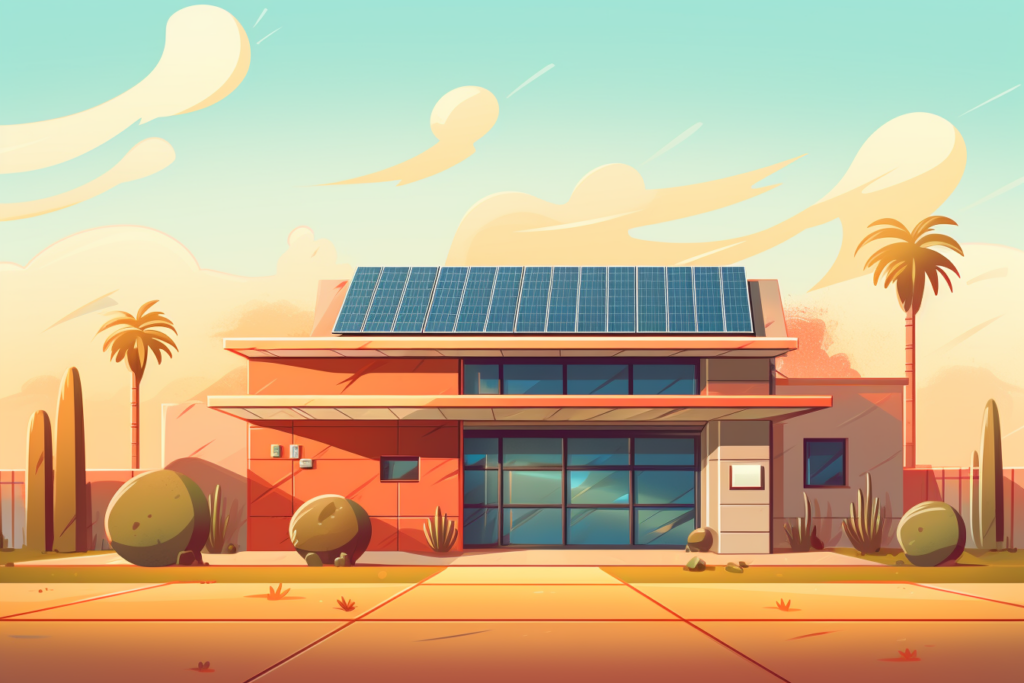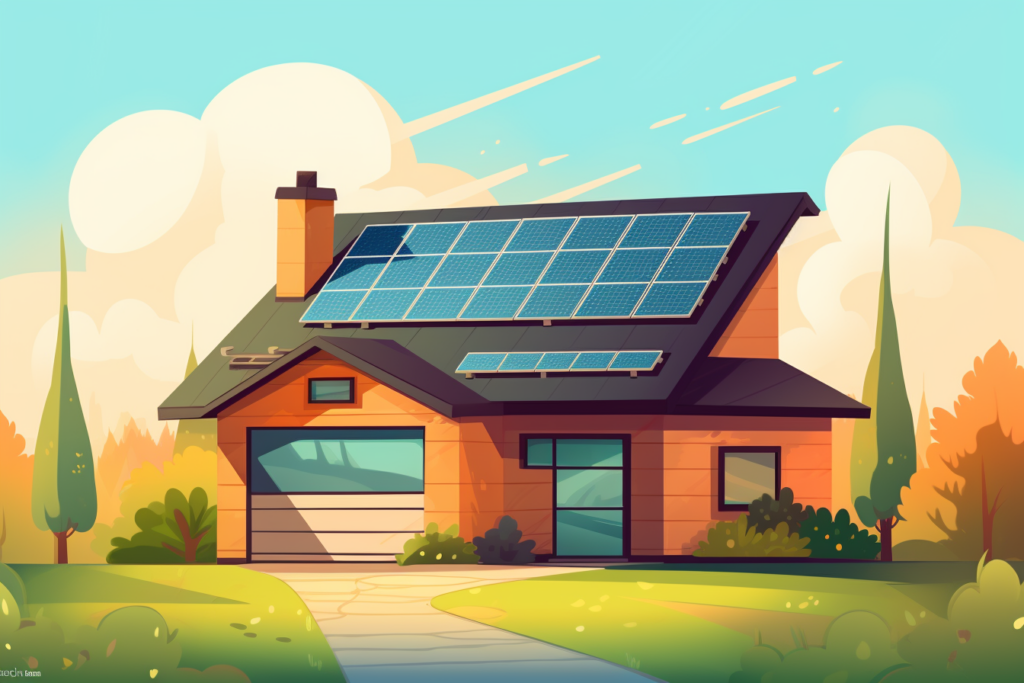Solar energy continues to evolve and be a frontrunner in the quest for eco-friendly, sustainable and long-term energy solutions. Despite its growing popularity and widespread adoption, myths and misconceptions about solar energy persist, often deterring individuals and businesses from harnessing its full potential.
We aim to debunk some of the most common solar energy myths and shed some light on the reality of solar power.
Myth 1: Solar Panels Don’t Work in Cold or Cloudy Climates
The Reality: Solar panels convert sunlight into electricity, and while they are most efficient in direct sunlight, they don’t stop working on cloudy days or in cold climates. In fact, solar panels can become more efficient in cooler temperatures and on an extremely cloudy day.
Germany, not known for its sunny weather, is a world leader in solar energy. Cloud cover can reduce the amount of energy produced, but modern panels are designed to capture different light spectrums, ensuring they still generate power even on overcast days.
Myth 2: Solar Energy is Too Expensive
The Reality: The initial cost of solar panel installation can be significant, but the long-term savings on energy bills. Plus, the opportunity to take advantage of government incentives and rebates significantly offset the initial investment, up to a 26% tax incentive to install new systems up until 2034.
Solar panel technology has also become more affordable over the years due to continual advancements and increased production scale. When considering the lifetime of solar panel systems—often 25 years or more—the return on investment is substantial.
Myth 3: Solar Panels Require Excessive Maintenance
The Reality: Solar panels require minimal maintenance. They need to be kept clean and clear of debris, just like gutters, with leaves and snow, to operate efficiently, but rain often provides enough cleaning. Most reputable solar panel manufacturers offer warranties of 20 to 25 years, ensuring long-term reliability and performance with minimal upkeep. You will likely need to call someone to check in on them around year 10 or 12, but as far as annual upkeep is concerned, it is minimal.
Myth 4: Solar Panels Will Damage Your Roof

The Reality: When installed correctly by professional installers, solar panels do not damage your roof. In many cases, solar panels can actually protect the areas of the roof they cover. If your roof is in good condition before installation, there should be no concern for damage. In the event that your roof does need repair or replacement, panels can be temporarily removed.
Myth 5: Solar Panels Take More Energy to Manufacture Than They Produce
The Reality: The energy payback time (EPBT)—also known as the time it takes for a solar panel installation to generate the amount of energy that was used to produce it—is typically less than three years. Considering the long lifespan of solar panels, which can exceed 25 years, they produce far more energy than is consumed in their manufacturing and disposal.
Myth 6: You Can’t Power Your Home on Solar Energy Alone
The Reality: With the right system size, battery storage, and energy efficiency measures in place, it is entirely possible to power a home solely on solar energy. Battery technology advancements have made solar energy storage more efficient, allowing excess energy produced during the day to be used at night or on cloudy days. Energy independence through solar power is not only feasible but is already a reality for many homeowners worldwide.
Myth 7: Solar Panels Decrease Property Value
The Reality: Contrary to this myth, solar panels can increase property value. Homes with solar panel installations often sell faster and at higher prices than those without. As energy costs continue to rise, the appeal of homes with built-in renewable energy sources is likely to increase. Additionally, solar installations can make properties more attractive to buyers looking for sustainable and eco-friendly homes.
Conclusion
The myths surrounding solar energy often stem from outdated information or misconceptions. The truth is solar energy is a viable, cost-effective, and environmentally friendly option for powering homes and businesses. As technology advances and the world moves towards more sustainable energy sources, solar power stands out as a key player in the transition to a cleaner, greener future. By debunking these myths, we hope to encourage more people and communities to explore and embrace the increasing benefits of solar energy.
You might also be interested in: Exploring Solar Tubes: Understanding Their Function And Relevance




